How AI for Outbound Sales Can Boost Your Results
Every traditional outbound sales process requires heavy research to find ideal buyers, unending copywriting tasks, and consistent communication with leads. Sales teams often waste time engaging in these activities, leaving them exhausted and struggling to connect and convert prospects effectively.
But what if they automate these routine tasks and focus on closing deals without spending extra hours on their day? With AI, sales teams can understand their ICP better, identify high-quality leads faster and craft excellent outreach messages that resonate with their prospects and build meaningful relationships.
This guide will further show you how to use AI in outbound sales, its benefits, application to various sales processes, and limitations in the B2B sales landscape. Let’s get started.
What is AI-Driven Outbound Sales?
AI-driven outbound sales refers to the process of using artificial intelligence to streamline and optimize every step of the sales process. Traditional outbound sales rely on sales representatives to do the heavy work from scratch — identifying and qualifying prospects, personalizing messages, and follow-ups.
However, AI can transform this process by automating routine tasks, identifying high-value leads, and streamlining the sales workflow. This doesn't mean AI is here to replace your sales experts but to improve their efforts.
When human-led sales strategies combine with capable technologies, you can find the perfect leads that fit your ideal customer profile (ICP), obtain vital information to catch their attention, and craft personalized messages to convert them into paying customers. This solid approach will allow your sales reps to focus on what they do best — building and nurturing relationships to drive successful deals.
How AI Amplifies Outbound Sales Processes
If you’ve spent hours finding, qualifying, and engaging your prospects from scratch every time, chances are you’d get exhausted and may not drive enough revenue for your business. Fortunately, advances in AI have made the sales process easier, enabling SDRs to work more efficiently. Let’s look at some ways AI has amplified the sales process:
- Find Qualified Leads Faster: AI analyzes vast datasets to identify and qualify leads with high conversion potential, allowing your sales teams to leverage sales opportunities.
- Boost Outreach Efforts: AI analyzes prospects' behavior to gain actionable insights and create personalized messages that resonate with prospects.
- Automation with Human Touch: AI automates routine tasks like lead scoring and follow-ups, allowing sales teams to focus on high-value activities that require human touch.
What Can't AI Do In Outbound Sales?
While AI offers numerous advantages, it can’t fully function on its own. Here are some drawbacks the technology can pose during implementation:
1. Data Quality
AI technologies often rely on the data they are fed and can’t judge its quality. This prompts the tool to provide inaccurate or inconsistent data, especially when the data is wrong or outdated. For instance, if your past target switched roles or got employed at another company, your AI may still prioritize the previous data if you fail to update the database.
2. Limited Understanding of Human Interactions
While AI algorithms can analyze vast amounts of data, they lack the capacity to interpret empathy, context, nuances, or cultural differences surrounding human conversations. This prevents them from fully understanding complex human interactions, leaving your ideal buyers frustrated and dissatisfied. For instance, it may fail to offer accurate responses during complex objections and negotiations.
3. Lacks Personal Touch
Over-utilizing AI and neglecting human elements during outreach can make your messages sound generic and robotic. Dozens of impersonal, irrelevant messages may fail to resonate with your prospects, affecting areas like relationship building.
Key Benefits of AI in Outbound Sales
Considering that 83% of sales teams with AI witnessed revenue growth last year, compared to 66% without AI, it’s no longer a secret that AI offers potential advantages to businesses. Let’s explore a few ways AI can benefit your sales team and business.
1. Increased Efficiency and Automation
Using AI in outbound sales helps to automate repetitive tasks in the sales process, saving time and boosting productivity. It provides valuable insights about your leads, enabling sales reps to score and qualify them. It can also help with follow-ups across multiple channels, increasing engagement and reply rates.
For instance, Irev, a SaaS platform for partnership marketing management, used Lemlist, an AI-powered cold outreach platform, to spend less time on manual sales tasks like finding and contacting leads. With these applications, Irev witnessed a 26% reply rate increase in its outbound sales process.
2. Improved Personalization
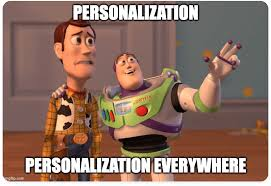
AI analyzes and extracts insights from large datasets to generate custom messages tailored to each individual at scale. This automated approach enables your team to contact your ideal prospects, creating opportunities for building relationships and ultimately increasing the chances of conversions.
3. Drive Pipeline Growth
With increased efficiency, AI can help sales teams analyze data from different sources like third-party websites, social media, or CRMs. These actionable insights enable accurate predictions and allow teams to fuel their pipeline growth, resulting in more sales opportunities.
For instance, Unify, a go-to-market technology platform, helped Abacum, a financial, planning, and analysis platform, accelerate its pipeline growth by $250k in under two hours.
4. Real-Time Insights and Optimization
AI algorithms analyze vast databases and extract valuable insights about your sales process, leads, and customers. These insights help to improve your sales techniques and enable you to make informed decisions.
How AI Tools Streamline Outbound Sales Processes
AI tools offer specific advantages to various sales processes such as:
1. Lead Generation and Qualification
With so many hours in a day, it’s critical for SDRs to identify and qualify potential leads. Traditionally, human SDRs would have to rely on their guts to find and manually score leads that were most likely to convert. As it turns out, engaging in this method will not only waste time – usually about one hour per day – but also inhibit productivity.
However, AI can take in a large amount of data to identify and qualify leads, enabling you to spot patterns you may miss when relying on manual efforts. Lead generation and qualification tools like Ocean, Lemlist, and La Growth Machine can:
- Identify leads that fit your ideal customer profile (ICP)
- Prioritize leads based on predefined criteria like company size, industry, revenue, and pain points
- Streamline the qualification process to find leads that are most likely to convert.
With this approach, sales teams will not only get their time back but also have qualified prospects that set the stage for the next step — crafting personalized outreach.
2. Crafting Personalized Outreach
According to a Gartner report, 41% of sales leaders cited messaging as a part of their biggest challenges at work, fuelling low connections, responses, and meeting conversion rates. On top of this, sales reps waste a lot of time crafting these emails as it takes about 60% of their working hours.
So, let’s assume sales professionals want to send about 300 emails a day and spend two minutes personalizing each message, that means they would spend about 10 hours a day on emails alone, taking a huge chunk of their time.
Fortunately, you can massively free up your sales team’s time by automating the copywriting task. AI copywriting tools like Octave or Twain generate hyper-personalized messages based on your ICP, value proposition, and target audience, enabling you to deliver the right messages to the right people.
However, personalization with AI goes beyond first name and email address. Anthony Natoli, Senior Account Executive at LinkedIn, recommends a framework for personalizing your emails with AI. He says, “You must state why you’re reaching out to them specifically. Create a problem statement that ties to why you’re reaching out. Show them how you’ve solved the problem for similar companies — painting a picture and making them illustrate it in their mind.” Speaking directly to the prospect’s pain points and needs improves customer interactions and increases the chances of conversion.
3. Enhancing Sales Calls

Traditional cold calling feels like throwing a net into the sea. If not done right, it tends to put off prospects, demoralize salespeople, and result in a lower response rate. However, AI-powered tools can help sales teams become more effective in their conversations by providing instant feedback. A HubSpot study showed that AI has eased the burden of cold calling with 70% of salespeople acknowledging that the technology has helped improve response rate.
But how do they achieve this? Well, it appears that data-backed personalization is largely responsible. With AI cold-calling tools analyzing customer data and identifying common patterns and trends, salespeople can find specific pain points, resulting in hyper-personalized messages.
Harry Mason, Senior GTM Engineer at ColdIQ says, “We use Attention and Circleback to take meeting notes and analyze data from hundreds of calls. With Attention, we can see the most common objections and pain points from every call we take at the agency. This is what led to the creation of our Done With You offer, as we saw many prospects were looking for this type of offer.”
4. Providing Real-Time Sales Coaching
When sales professionals send hundreds of messages and make dozens of phone calls every day, they tend to become overwhelmed and fall short of delivering scalable results. However, AI-powered sales coaching tools can train sales teams effectively by providing data-driven insights to enhance sales team’s skills and performance, and ultimately drive revenue for businesses.
Recent research by Value Selling Associates revealed that companies that incorporated AI into their sales training activities tripled their annual growth in overall sales training quota attainment compared to companies using AI without sales training. This makes it essential for sales leaders to incorporate AI into their sales training activities.
Top AI Outbound Sales Tools
Now that you know about the applications of AI in some sales processes, let’s look at some AI sales tools to improve your workflow. Here are five top AI outbound sales tools to consider.
1. Ocean — For Lead Generation and Qualification
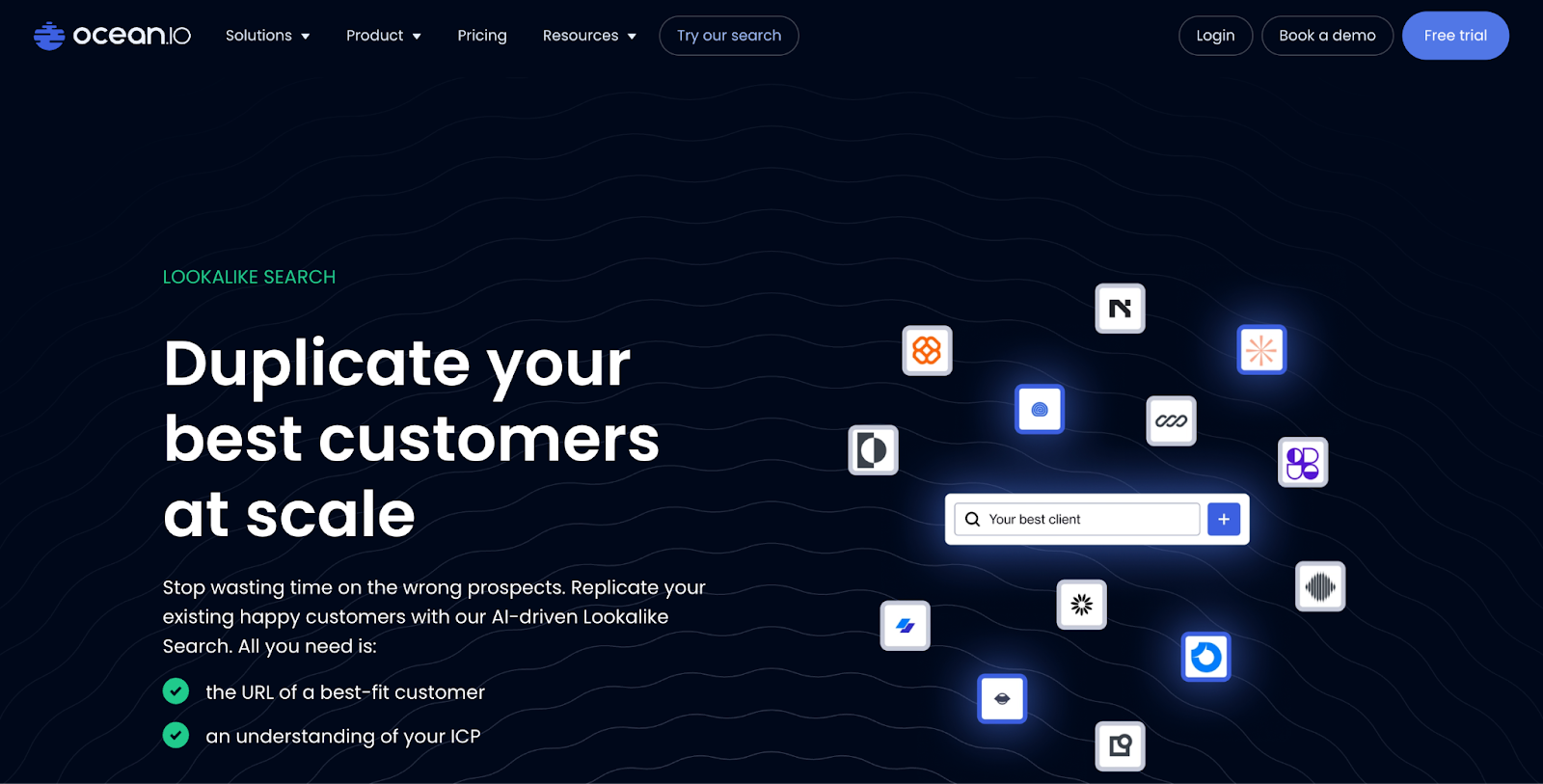
What’s Ocean.io?
Ocean is an AI sales intelligence platform that offers lookalike searches to find new prospects similar to your ideal clients and boost your lead generation efforts. With a detailed ICP and your prospect’s URL, you can identify and refine the lookalike list to connect with relevant targeted accounts.
How Does Ocean Contribute to AI Outbound Sales
- Ocean offers lookalike search prospects to find targeted accounts related to your ideal prospects.
- The platform features various search filters to help refine your lead list for effective targeting.
- It has a Chrome extension which you can integrate into your browser to boost your prospecting efforts.
Pricing
Although Ocean offers a 14-day free plan with limited features, its paid plans start from $79 per month with limited credits. If you want to access more credits, you will need to opt for the professional plan which starts at $129 per month. You can also go for a custom plan if you want a tailored solution for your business.
2. Clay — For Data Enrichment
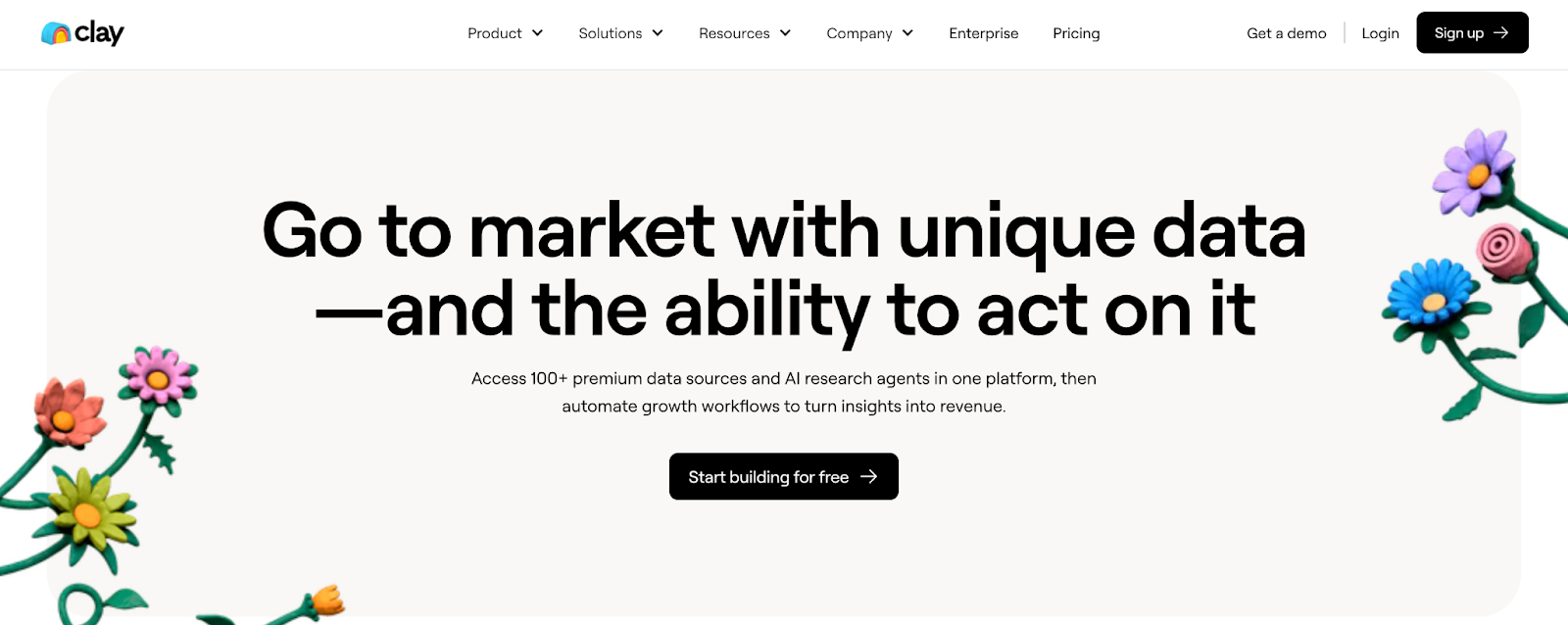
What’s Clay?
Clay is a sales intelligence platform that offers data enrichment and leads intelligence services to scale your sales efforts. With access to over 100 data sources, sales teams can find their prospect’s accurate contact information and reach them effectively. Clay also offers buyer intent data to prioritize qualified leads and automate the prospecting process. On top of this, sales teams can automate personalized messages at scale to boost their sales outreach.
How Does Clay Contribute to AI Outbound Sales?
- Clay’s waterfall data enrichment enables sales teams to find prospects’ valid contact information like email addresses and phone numbers.
- Its signal-based features find quality intent data to prioritize your high-value leads.
- Its AI research agent scans various web sources for valuable information to boost sales efforts.
- It features vast integration with third-party tools to streamline your sales workflow.
Pricing
Clay’s pricing plan starts at $149 per month. However, their Explorer and Pro plans cost $349 and $800 per month respectively. You can also talk to their sales team for a custom quote.
3. Lemlist — For Cold Outreach
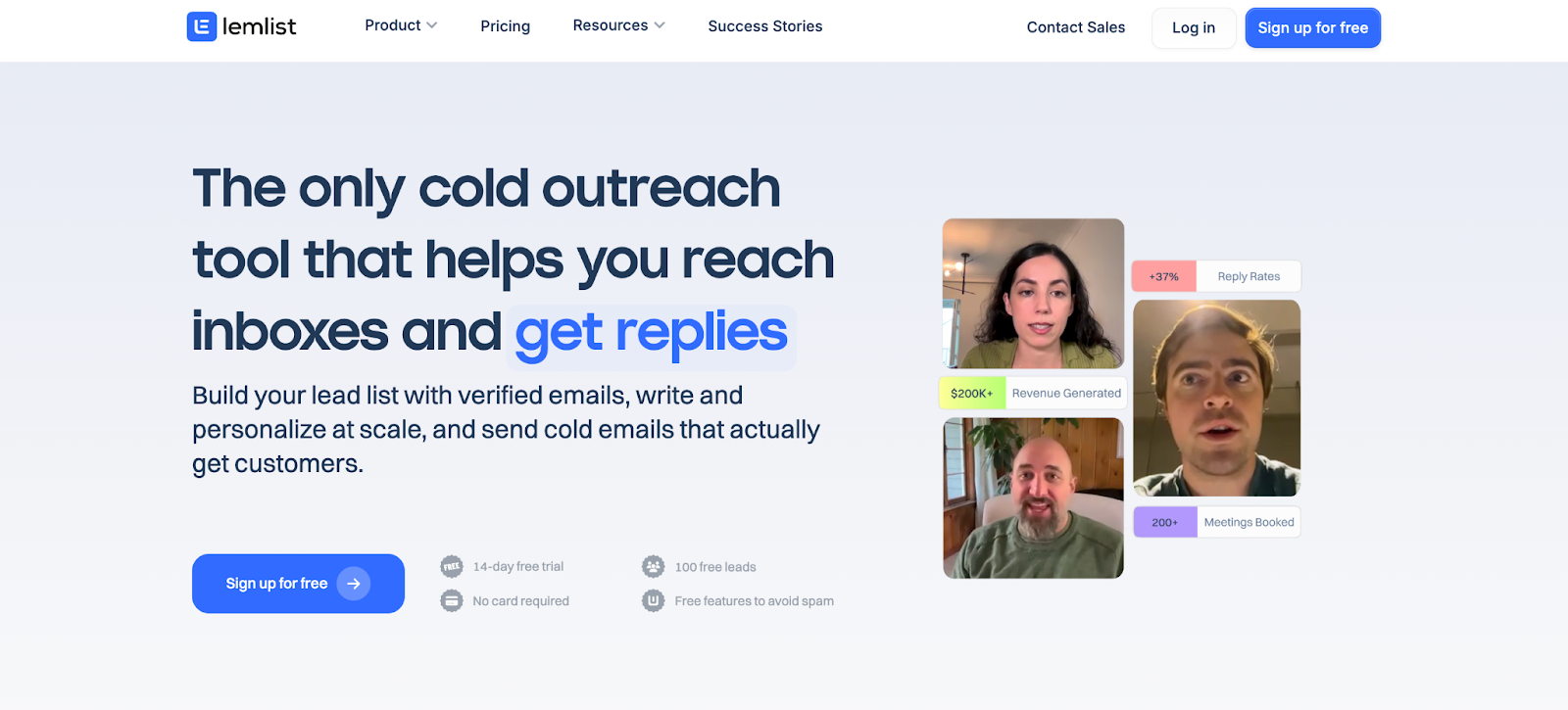
What’s Lemlist?
Lemlist is an all-in-one solution designed to cater to your cold outreach efforts. With AI, the cold outreach platform enables sales professionals to identify qualified leads from its vast database and raft personalized messages that resonate with the audience. Right now, Lemlist would be worth trying if you intend to boost your lead generation and cold outreach efforts.
How Does Lemlist Contribute to AI Outbound Sales?
- Its 450+ million B2B contact database feature enables sales teams to discover potential buyers for their business.
- Its email finder and verifier validate your prospect’s email addresses
- Its personalized outreach feature crafts customized messages at scale and sent across multiple channels like LinkedIn and emails.
- Its email deliverability features ensure cold emails get into your prospect’s inbox.
Pricing
Lemlist offers a 14-day free plan with limited features. However, its paid plans start at $69 per month. But if you want access to more features, you may consider its Multichannel Expert plan which costs $99 per month.
4. Attention — For Sales Calls and Coaching
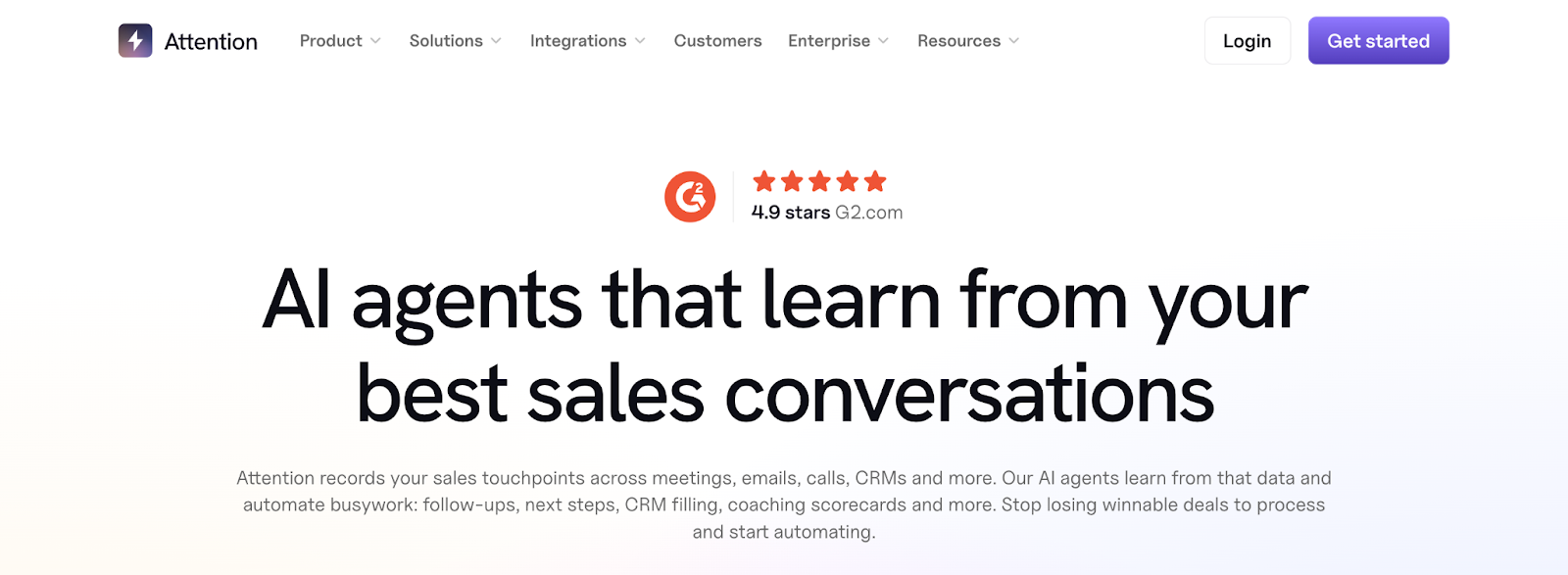
What’s Attention?
Need an AI-powered tool to improve your sales calls and train your sales teams? Attention is a perfect choice. The AI cold-calling platform records and analyzes sales conversations from sources like emails, calls, meetings, and more.
Sales teams leverage this analysis to gain actionable insights and identify patterns that can help to improve conversations. Attention is also renowned for its sales coaching features where it delivers real-time insights to maximize your team’s performance. It creates a coaching scorecard that features the right metrics used to measure your team’s progress and optimize their skills.
How Does Attention Contribute to AI Outbound Sales?
- Attention records and analyzes sales conversations to drive engagement and improve conversations.
- The AI-powered cold calling platform offers real-time insights to enhance sales reps’ performances.
- It creates a coaching scorecard to measure your team’s progress and optimize their skills.
Pricing
Attention requires you to contact them to get a quote.
5. Instantly — For Email Outreach and Deliverability
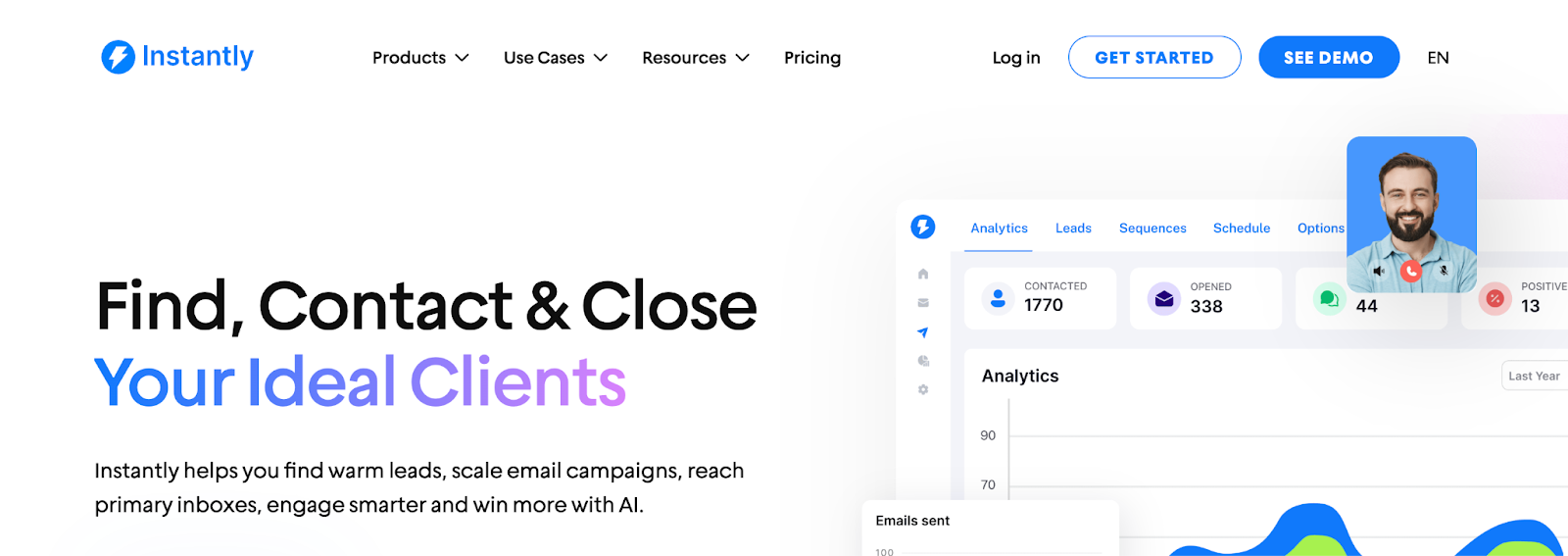
What’s Instantly?
Instantly is your best shot to find your ideal prospects, enhance your outreach process, and ensure email deliverability.
How Does Instantly Contribute to AI Outbound Sales?
- B2B Lead Finder: Instantly offers a vast lead database where you can find potential buyers suitable for your business.
- Personalized Messages: You can also craft personalized messages with AI prompts to engage and persuade your audience.
- Email Deliverability: The platform prioritizes email deliverability to prevent your outreach efforts from wasting. With unlimited email accounts and warmups, your cold emails can reach your prospect’s inbox, increasing the chances of opening them.
Pricing
Instantly offers a 14-day free trial to explore its product. However, its paid plans vary across three categories. While the sending and warm-up plan starts at $37 per month, the Leads and CRM plans start at $37.9 per month.
Steps to Building an AI-Driven Outbound Sales Strategy
As stated earlier, there are different ways you can incorporate AI into your sales process and improve your workflow. However, implementing a process without an effective strategy may lead to undesired results. So, how do you build an effective AI-driven outbound sales strategy?
1. Identify Key Sales Points AI can Solve
Start by taking a deep look at your sales process and identify your sales team’s challenges. Are you trying to automate routine tasks, drive efficiency, or improve your outreach efforts? Defining these pain points helps to find the right solution that aligns with your team’s needs.
For instance, if your sales team wastes time finding qualified leads, you can employ AI to analyze the existing data and identify your most promising prospects. If they struggle with personalization, you can leverage an AI-powered tool to analyze customer data and craft messages tailored to each recipient.
2. Choosing the Right AI Tools for Your Team

Every platform has its unique strengths and weaknesses. With several tools in the market, selecting a tool without appropriate research will cost you a lot in terms of budget, resources, and overall outcome. However, considering these tips can help you research and make the right decision:
- Ease of Use: Does it have an intuitive interface? Can your team easily adopt the tool?
- Flexibility and Scalability: Can the tool allow you to add new features? Does its usage expand as your business grows?
- Pricing: Is the AI tool budget-friendly?
- Customer Support: Does the tool offer robust customer service that attends to your inquiries and addresses your concerns?
- Data Security and Compliance: Does the tool adhere strictly to relevant governmental regulations like GDPR and CCPA?
Considering these tips will help you to narrow down your options and choose a tool that fits your team’s needs and specific objectives.
3. Integrating AI with Existing Sales Workflows
When an AI tool doesn’t integrate with your existing sales tech stack, it creates more problems than it solves. Evaluating a tool’s compatibility helps to avoid potential disruptions and allows seamless data transfer. This process ensures the AI tool improves the sales process, rather than overhauling the entire system.
4. Training Your Sales Team to Use AI Effectively
If you don’t train your team to adopt the tool effectively, chances are they won’t maximize its potential. Make sure your sales team understands how the new tool works and its benefits.
Invest in training sessions that showcase the tool’s features, functionalities, and integrations explicitly. Provide training materials like written guides or videos to coach new and existing members so they can get the most value from the tools.
5. Continuously Optimize AI Strategies with Data-Driven Insights
Tracking and optimizing your AI strategies gives you a clear understanding of your campaign’s performance. Key metrics like response rate, number of booked meetings, engagement trends, and conversion rates help determine what’s working and identify the areas that need improvement. Optimizing your strategy helps to enhance your sales process over time, ensuring you achieve the desired results.
How to Overcome Challenges When Using AI in Outbound Sales
While AI offers lots of benefits to sales professionals, it also comes with its challenges. Here are some challenges of using AI in outbound sales and how to overcome them.
1. Wrong Prompts
Challenge: Many salespeople lack the expertise to craft the right prompt that would enable them to harness the AI tool’s full potential. This leads to underutilization of the AI tool as you won’t be able to get the desired result.
Dujam Dunato, GTM Engineer at ColdIQ, says “The biggest hurdle is prompting the model to be specific enough that it doesn’t veer into vaguely related industries or irrelevant niches. For instance, if I want to target only crypto exchanges, an overly broad prompt might capture traditional financial institutions or trading platforms that don’t actually handle cryptocurrency.”
Solution: Be clear and specific when crafting a prompt. A generic prompt like “Craft a personalized message for cold email” will only produce inaccurate results. Ask yourself. How do you want the output to be presented? Do you want the tone to be casual, funny, or professional? Can you add more context or give an example? A well-detailed and specific prompt will produce a better result.
While giving his answer to the issue of wrong prompts, Dujam Dunato says, “My top recommendation for best practices revolves around clarity and thoroughness in prompt engineering, combined with solid data enrichment and iterative testing. The AI will only be as good as the information and instructions it receives, so I make sure to feed it a full context that defines the precise industries I’m seeking and the sub-industries I want to avoid.”
2. Low-Quality Data
Challenge: Inaccurate or low-quality data can result in wrong insights which can mislead your team’s decision, costing time and resources. For instance, outdated data stored in a CRM can lead the AI to produce the wrong result.
Solution: Make sure to continuously clean and update your data, implementing regular audits and data validation procedures.
3. Data Privacy and Ethical Concerns
Challenge: The use of AI in handling sensitive customer data raises privacy and ethical concerns, resulting in a loss of trust and credibility among potential and existing customers. In serious cases, data intrusion and unethical issues can result in serious sanctions and legal repercussions that come with heavy fines.
Solution: Sales organizations must develop and implement clear data security and ethical guidelines when using AI. Their practices must align with regulations like GDPR and CCPA to avoid legal sanctions that could halt their business activities.
How to Measure the Impact of AI on Sales Performance
If you truly want to measure the AI’s impact on sales performance, you must track some key performance to gauge the effectiveness of the tools. You should focus on metrics like conversion rates, response time, customer feedback scores, cost reduction, and revenue growth.
Most AI tools streamline this process by consolidating data and delivering valuable insights in a unified dashboard. For instance, a retail company utilizing AI-powered recommendation systems can witness high engagement and track campaigns delivering results. By monitoring these metrics, businesses can make sure that AI-powered solutions deliver measurable results and boost their future sales efforts.
Why AI is a Must-Have for Outbound Sales
As new technologies emerge, the B2B sales landscape will continue to evolve and adapt to different changes. Understanding these future trends shows why outbound sales will continue to need AI so that sales teams can perform their job effectively.
For instance, predictive analytics and machine learning will continue to automate repetitive sales tasks, predict customer needs, and qualify leads to drive more revenue. As sales teams continue to stay ahead of these trends, they will get more AI-driven insights that allow them to anticipate buyer needs and deliver customized solutions in real time, driving efficiency and growth for businesses.
Partner with ColdIQ to Transform Your Business’s Outbound Sales With AI
AI is no longer optional; it’s a necessity for every sales team seeking to upgrade their sales software stack and improve every aspect of their outbound sales process. With the help of AI, sales teams can enhance their workflow — from lead scoring and qualification to email personalization, sales calls, and real-time coaching.
If you want your team to maximize the full potential of these AI sales tools, we recommend partnering with ColdIQ. Our sales experts leverage many AI sales tools to flood your pipeline with qualified opportunities that will not only meet but exceed your sales target. Book a demo with us today!
FAQs
1. How can AI improve outbound sales prospecting?
AI improves outbound sales prospecting by analyzing vast amounts of data to identify high-potential leads. They automate tasks relating to lead scoring and qualification, allowing sales teams to prioritize leads with high conversion potentials.
2. What are the best AI tools for outbound sales automation?
The best AI tool for outbound sales automation depends on your team’s needs and overall business objectives. However, you can consider tools such as Clay, FullEnrich, Amplemarket, Lemlist, Artisan, and more.
3. Can AI help personalize cold outreach at scale?
Yes, AI can personalize cold outreach at scale by generating and sending hyper-personalized messages within seconds, driving higher engagement and improved response rates.
4. How do I measure AI’s impact on my outbound sales pipeline?
You can measure AI’s impact on your outbound sales pipeline through key performance metrics like lead conversion rates, response rates, cost reduction, and revenue growth.
5. What are the key challenges when implementing AI in outbound sales?
The key challenges in implementing AI in outbound sales include the wrong use of prompts which limits maximizing the tool’s full potential, low-quality data, integrating with existing systems, and data privacy and ethical concerns.


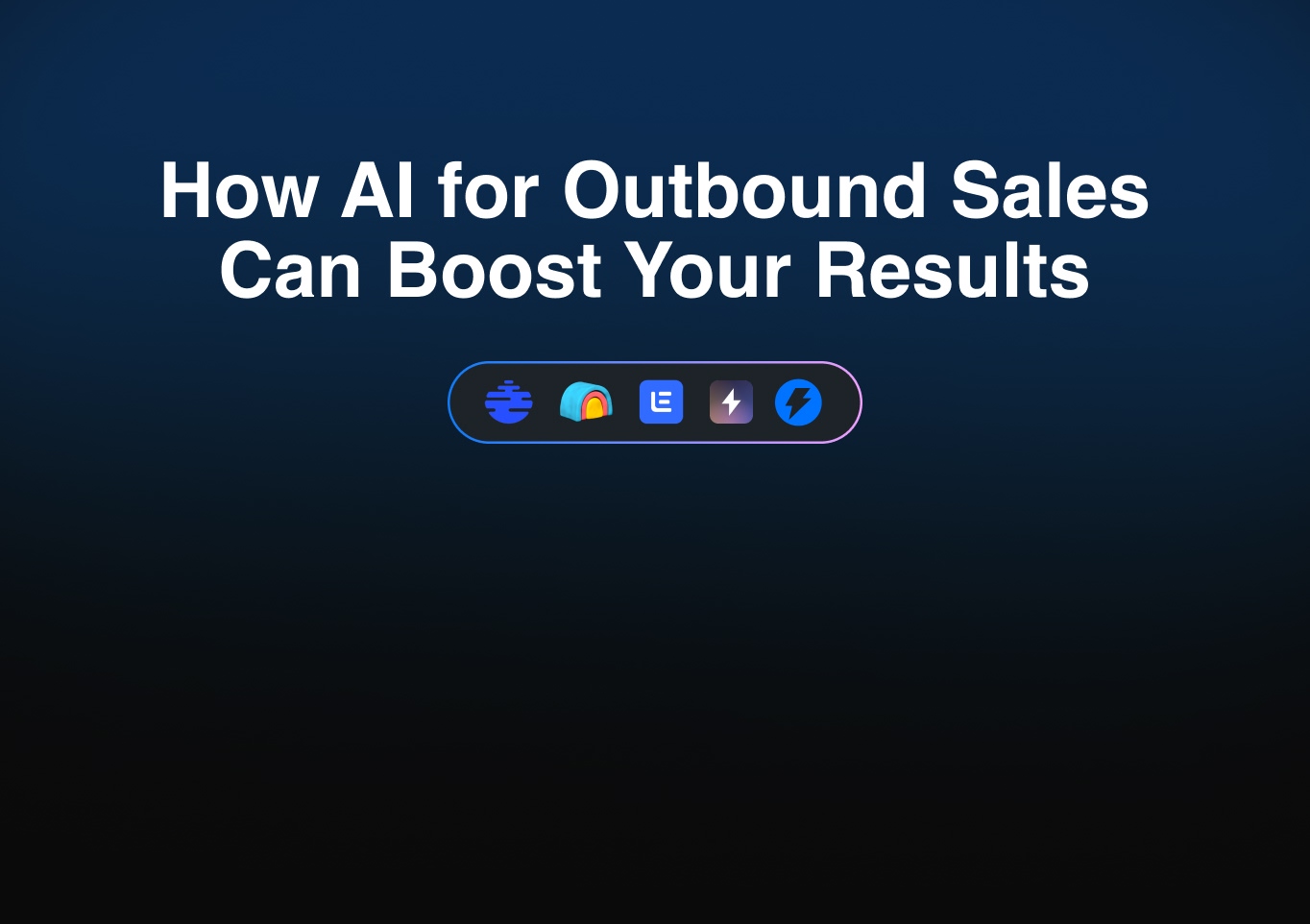

.avif)
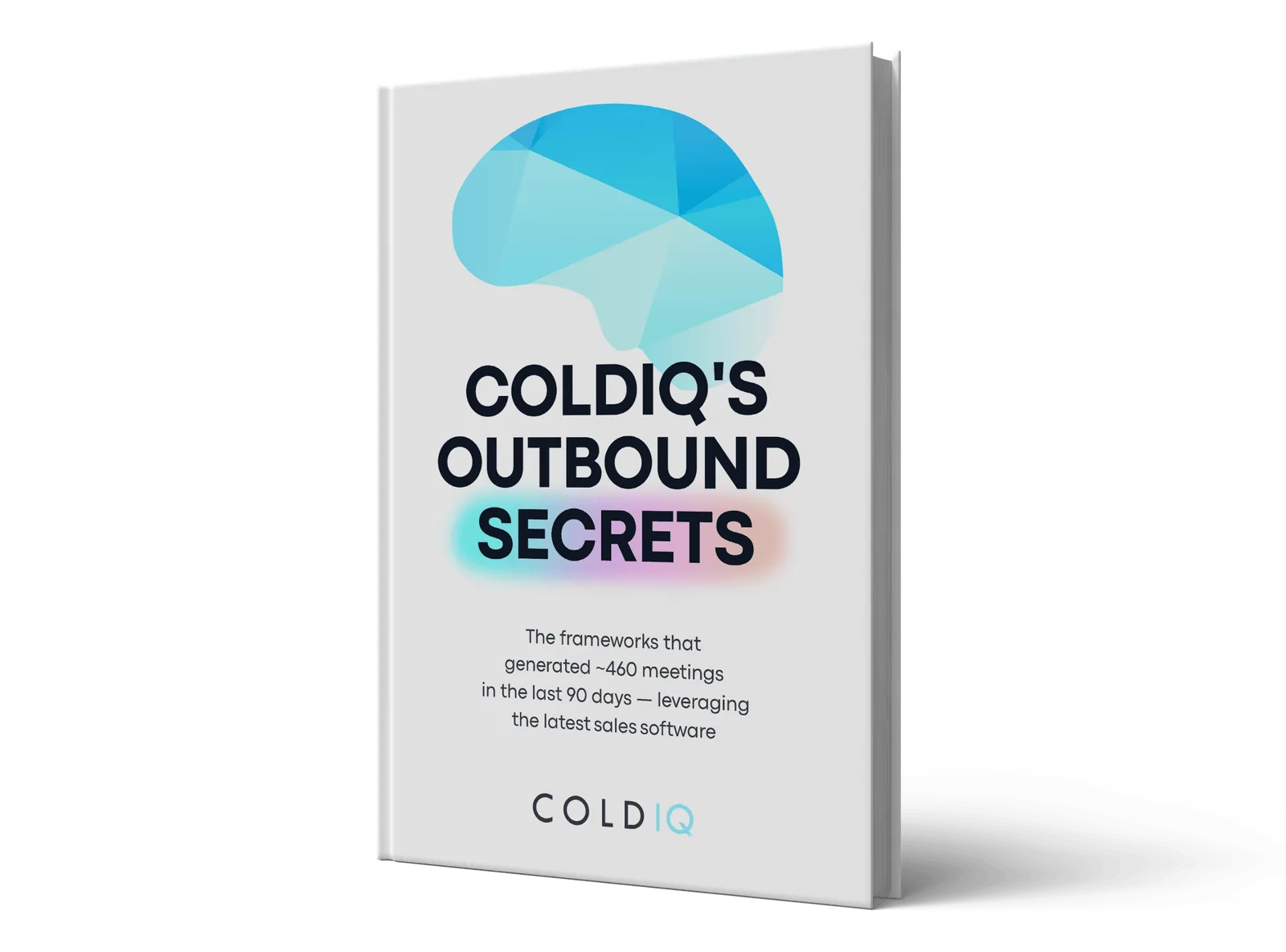
.svg)

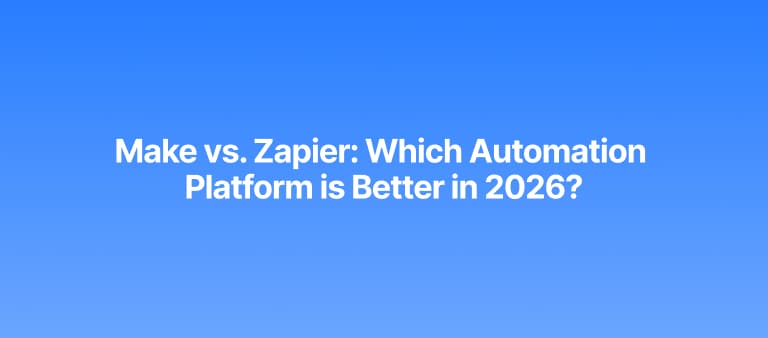

.jpg)
.avif)
.avif)